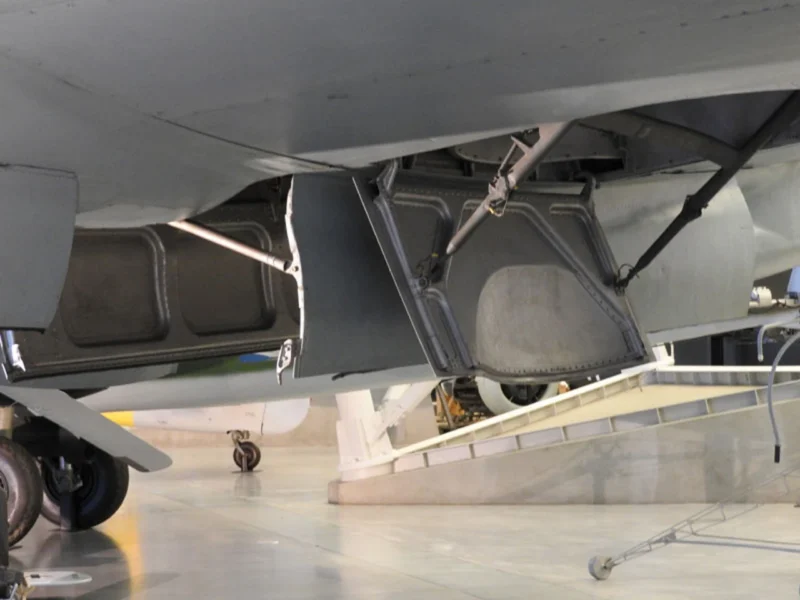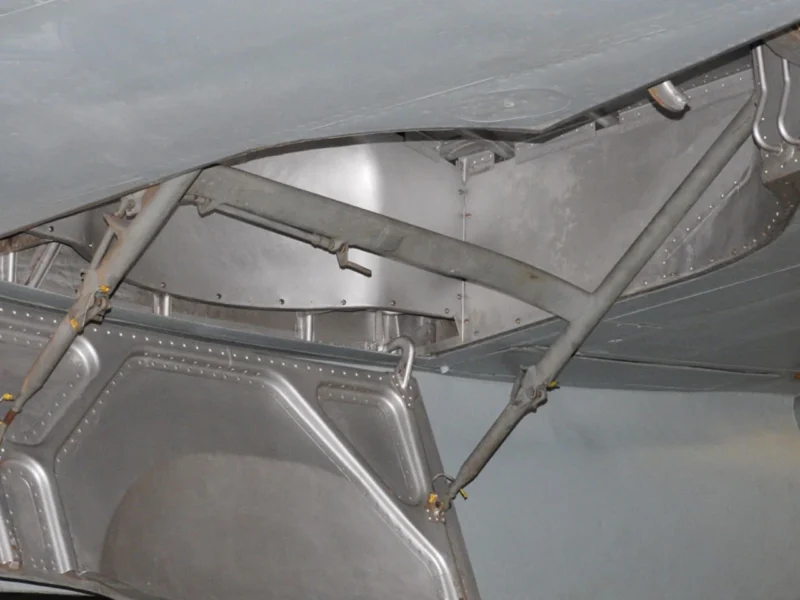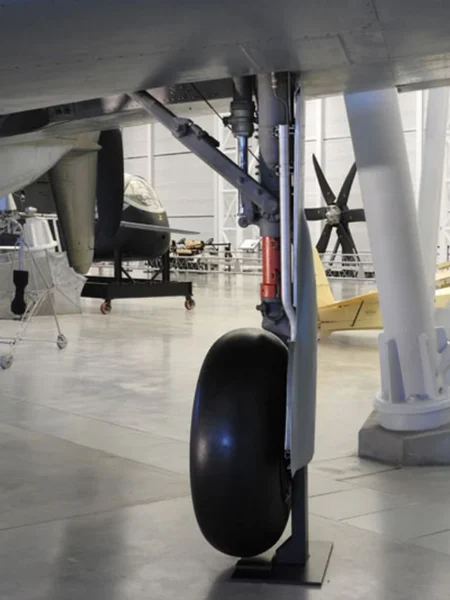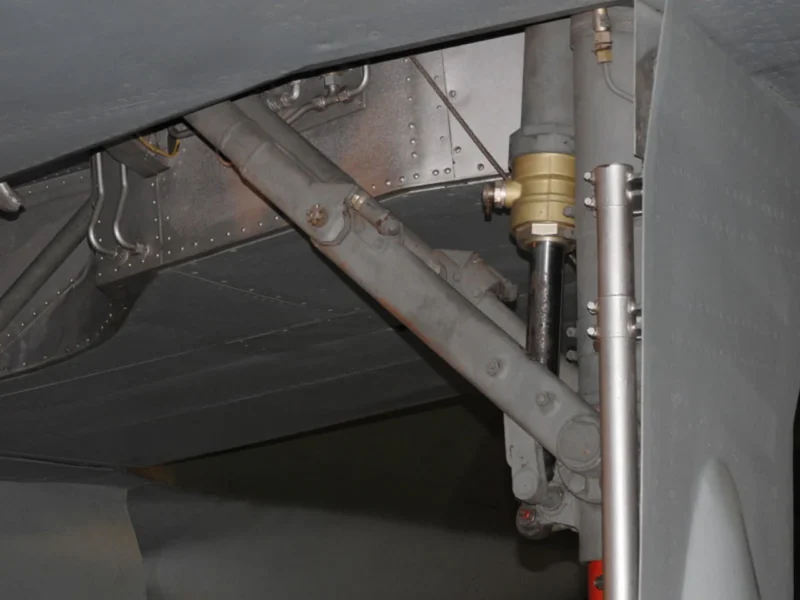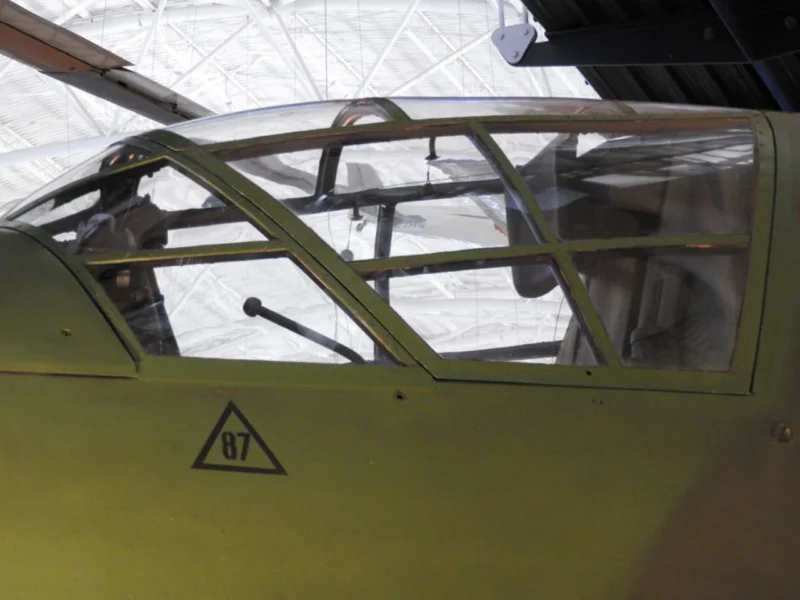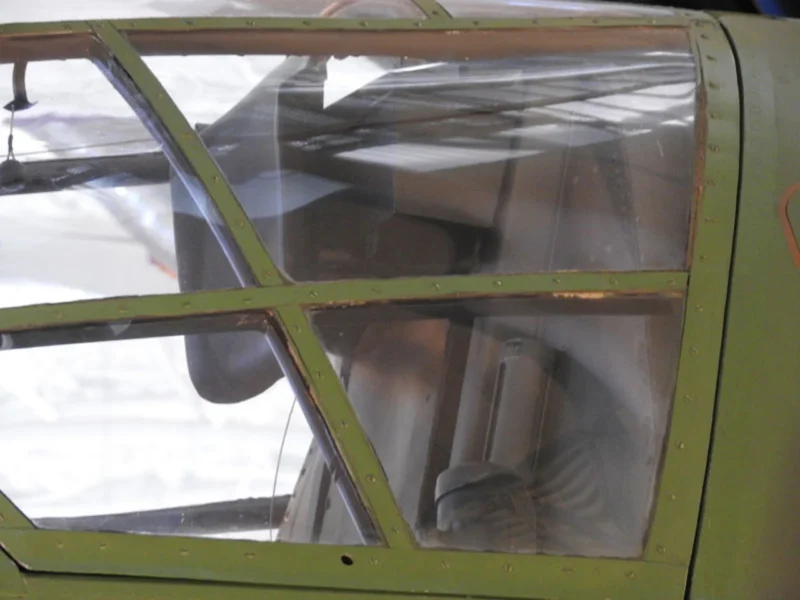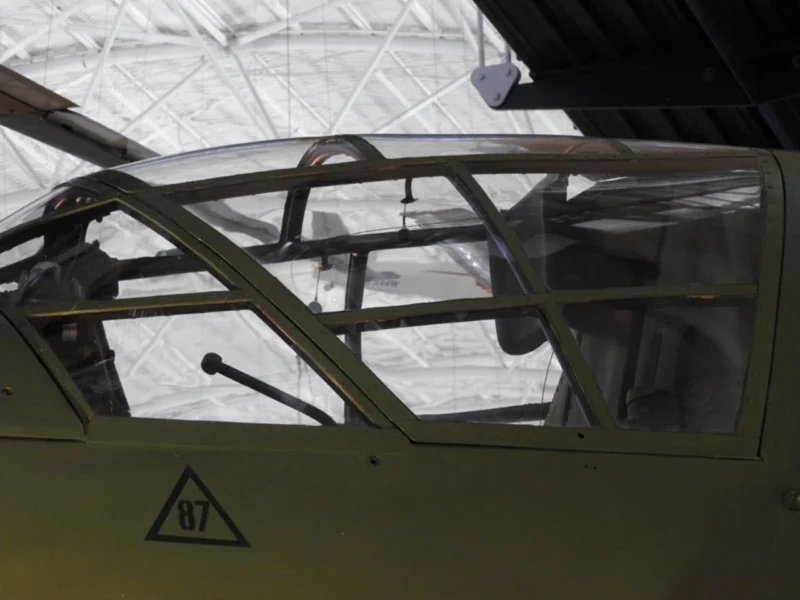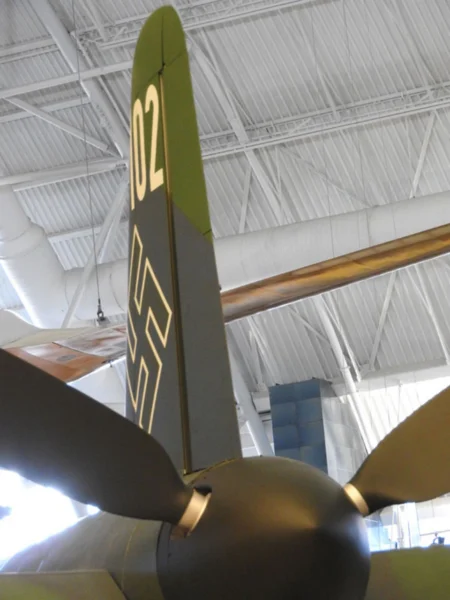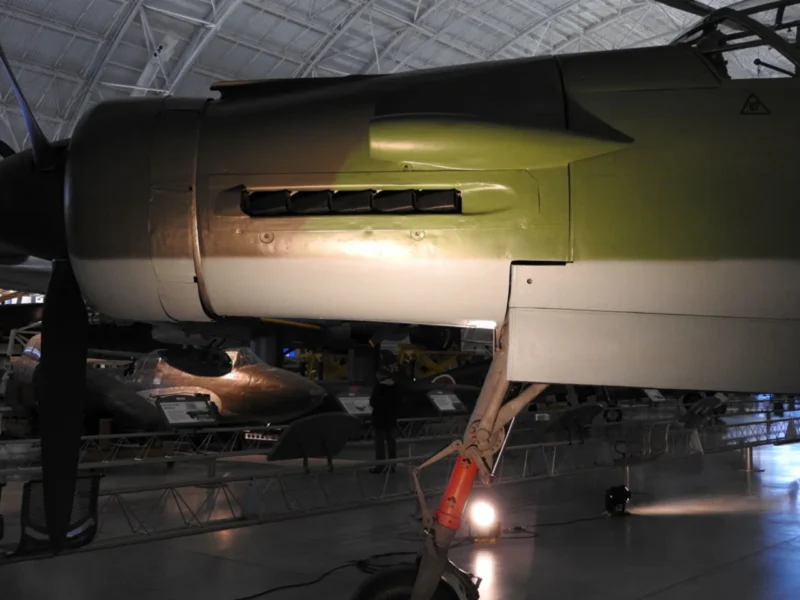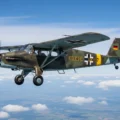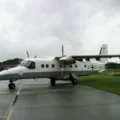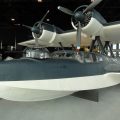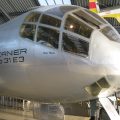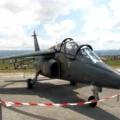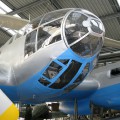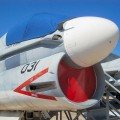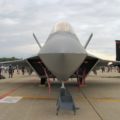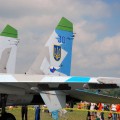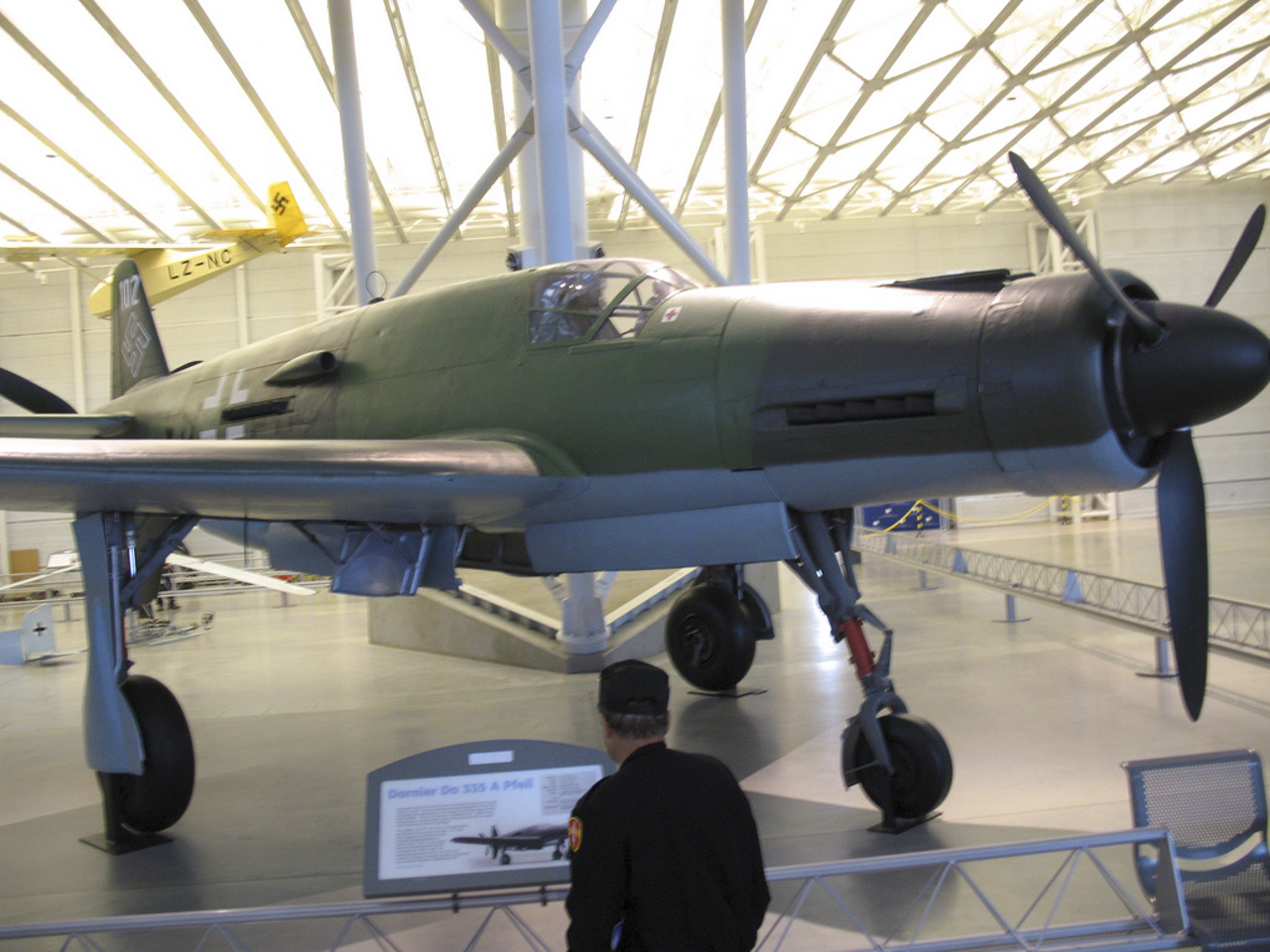
Dornier Do.335 | |
|---|---|
| Riik | Natsi-Saksamaa |
| Rolli | Võitleja-pommitaja |
| Esimene lend | 26. oktoober 1943 |
| Ehitatud | 37 |
2007 Dornier Do 335 Pfeil ("Nool") oli Teise maailmasõja raskevõitleja, mille ehitas Dornieri kompanii. Kahekohalist treeneriversiooni nimetati ka Ameisenbär'iks ("anteater"). Pfeili jõudlus oli palju parem kui teistel kahe mootoriga konstruktsioonidel tänu oma ainulaadsele "push-pull" paigutusele ja kahe mootori reasisese joondamise palju madalamale aerodünaamilisele tõmbele. See oli Saksamaa teise maailmasõja kiireim kolbmootoriga lennuk. Luftwaffe oli meeleheitel, et disain kasutusele võtta, kuid viivitused mootoritarnetes tähendasid, et enne sõja lõppu tarniti vaid käputäis.
Allikas: Dornier Do.335 Vikipeedias
| Dornier Do.335 A-0 Pfeil kõnnib ringi | |
|---|---|
| Fotograaf | Cees Hendriks |
| Lokaliseerimine | Teadmata |
| Fotod | 67 |
| Dornier Do 335 A B-2 Pfeil | |
|---|---|
| Fotograaf | Unknow |
| Lokaliseerimine | Teadmata |
| Fotod | 26 |
Vaata ka:
2007 Dornier Do.335 was a German fighter-bomber aircraft designed and built by Dornier during World War II. It was notable for its unusual configuration of two engines in a push-pull arrangement, which gave it high speed and performance. The Do.335 was also equipped with a tricycle landing gear, an ejector seat, and a pressurized cockpit. The Do.335 was one of the fastest piston-engined aircraft of the war, reaching a maximum speed of 763 km/h (474 mph) at 6,500 m (21,300 ft).
Do.335 töötati välja varasemast Dornier P.231 projektist, mis esitati RLM-ile (Reichi õhuministeerium) 1939. aastal kiirpommitajana. P.231 lükati tagasi kui liiga riskantne ja keeruline, kuid Dornier jätkas kontseptsiooni kallal salajast tööd. 1942. aastal hakkas RLM disaini vastu uuesti huvi tundma ja tellis prototüübi nimetuse Do.335 all. Esimene prototüüp lendas 26. oktoobril 1943 ja avaldas RLM-ile muljet oma jõudluse ja potentsiaaliga. RLM tellis mitu Do.335 varianti, sealhulgas ühekohalise hävitaja (Do.335A), kahekohalise treeneri (Do.335B), öövõitleja (Do.335C) ja raske võitleja (Do.335D).
However, the production of the Do.335 was hampered by several factors, such as Allied bombing raids, shortages of materials and components, and technical difficulties with the engines and propellers. Only 37 Do.335s were completed by the end of the war, and none saw combat action. Most of them were destroyed by the Germans to prevent them from falling into Allied hands, or captured by the Allies and taken for evaluation. A few examples survived in museums and private collections, and one was restored to airworthy condition in 2009.
Vaadatud : 5591
